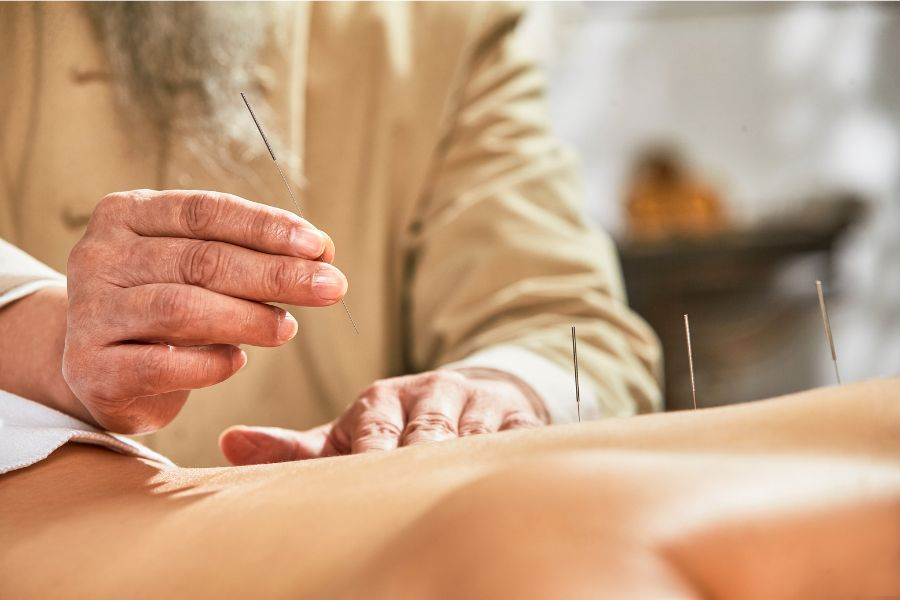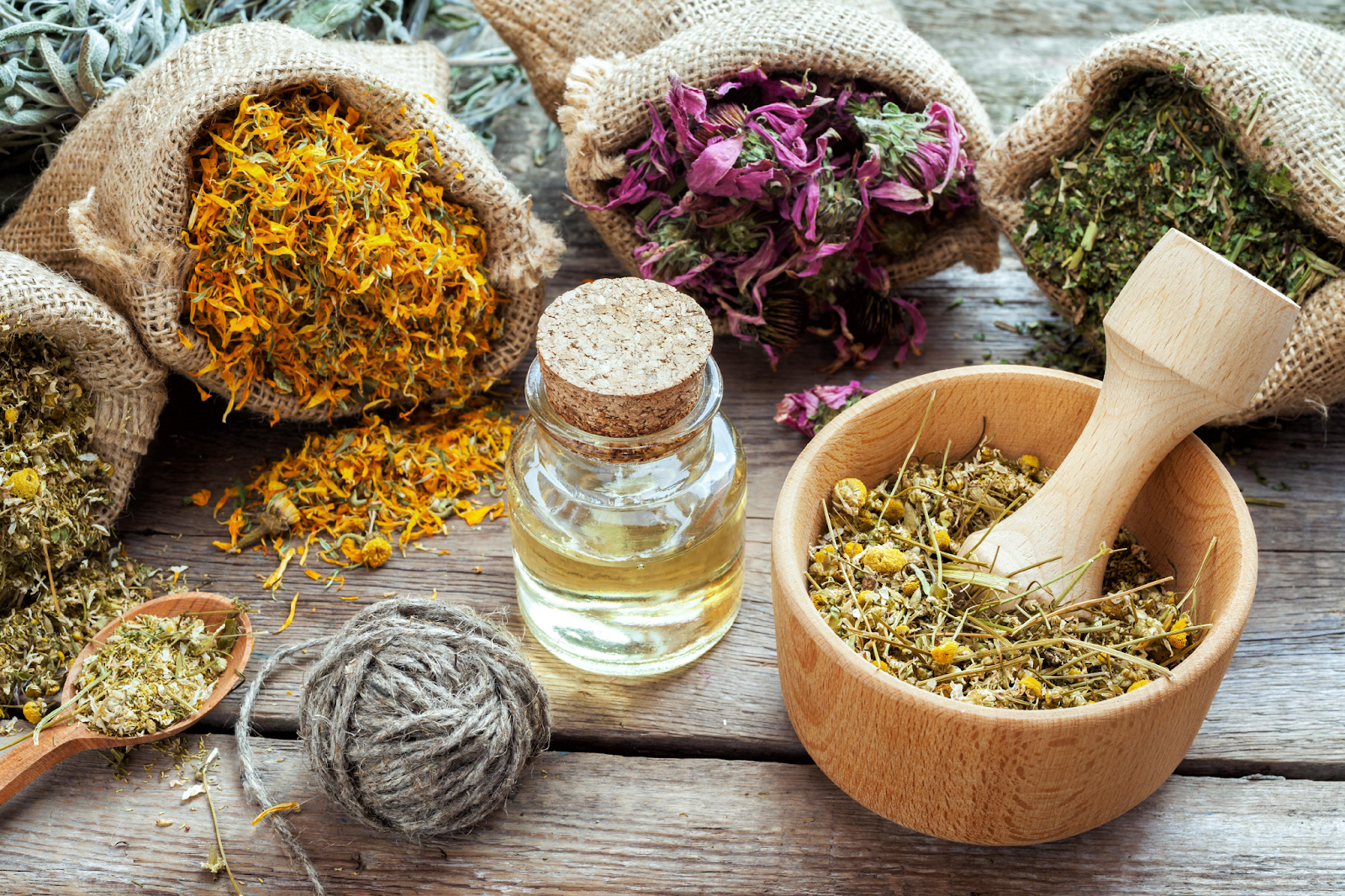Discover Your Perfect Healer Today!
Our online practitioner directory connects you with a wide range of healers to suit your unique needs.
Easily search and find the right professional to support your wellness journey.
Start exploring today to find your perfect match.
Modality
Disease
Books
Products
Events
Training
Blogs
Functional Nurse Specialist
How to Become a Functional Nurse Specialist: A Step-by-Step Guide
Nursing is a general field in which individuals can begin a career, however, with an advanced degree in nursing it is possible to go further ...
Read More → Written by
Michael Johnson
Acupuncture
Choosing the Right Practitioner: How to Find a Qualified Acupuncture Professional
The roots of acupuncture lie in ancient Chinese medicine and it is now a popular remedy for various health conditions. However, an acupuncturist’s ability to ...
Read More → Written by
David Brown
Aromatherapy
Important Considerations Before Trying Aromatherapy
Aromatherapy restfulness from lavender, energy boost from peppermint, relaxation in a bottle (or diffuser). Pause for a moment! There are several things you should think ...
Read More → Written by
James Williams
Functional Medicine
Functional Medicine for Personal Growth: Transforming Your Life Holistically
Functional medicine approaches a patient as a whole in addressing the underlying causes of some complex conditions and factors such as deficiency-generating inflammation, leaky gut ...
Read More → Written by
David Brown
Herbal Medicine
Herbal Interactions: What You Need to Know Before Mixing
Herbal supplements are popularly used as natural health boosters but their safety is not always guaranteed. One needs to know the risks they pose and ...
Read More → Written by
John Smith
Lyme Result
You May be at High Risk for Tick-Borne Illness We encourage you to find a Lyme disease specialists in your area through our website Find ...
Read More → Written by
Web Master





